Swamp milkweed
Swamp milkweed (Asclepias perennis) blooms in late spring through early fall and attracts many pollinators. It is a larval host plant for Monarch, Queen and Soldier butterflies.
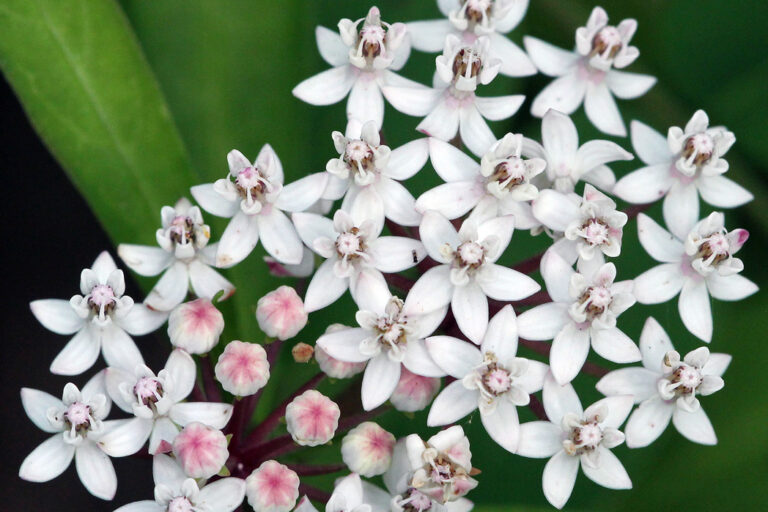
Swamp milkweed (Asclepias perennis) blooms in late spring through early fall and attracts many pollinators. It is a larval host plant for Monarch, Queen and Soldier butterflies.
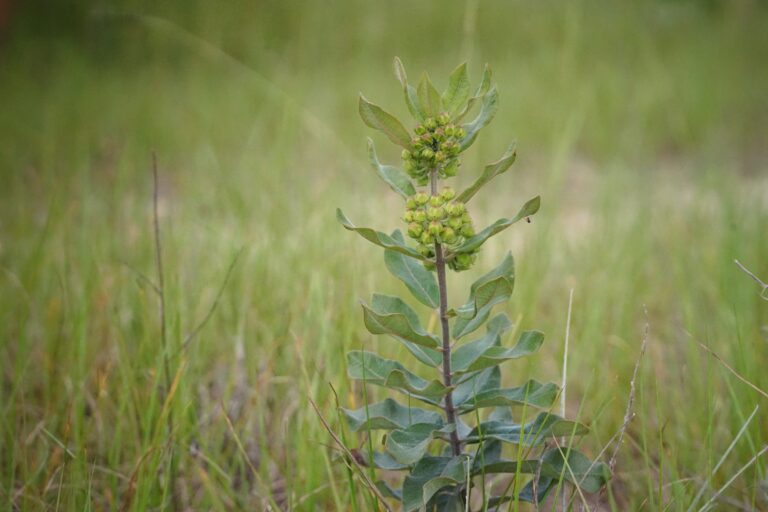
Velvetleaf milkweed (Asclepias tomentosa) is a robust wildflower found in sandy upland habitats across the Southeastern Coastal Plain.
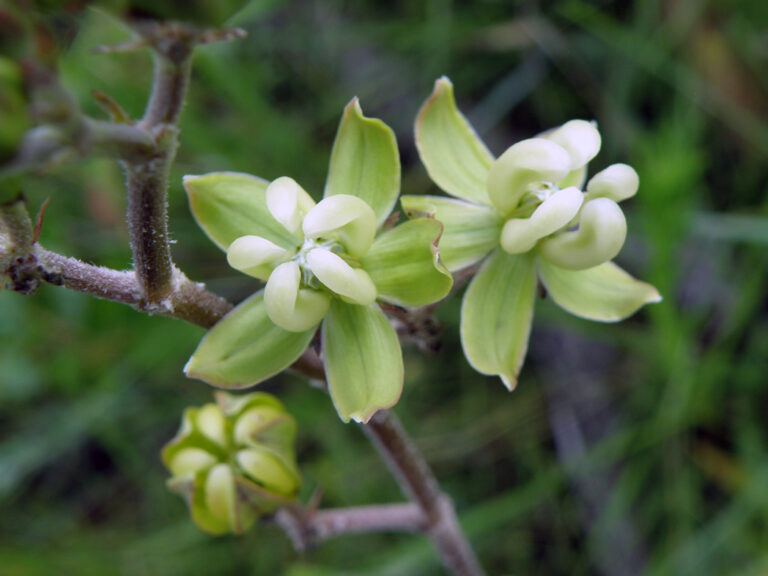
Largeflower milkweed (Asclepias connivens) is a perennial wildflower found throughout much of Florida. Its conspicuous flowers appear in late spring through summer in moist pine flatwoods, savannahs and bogs.
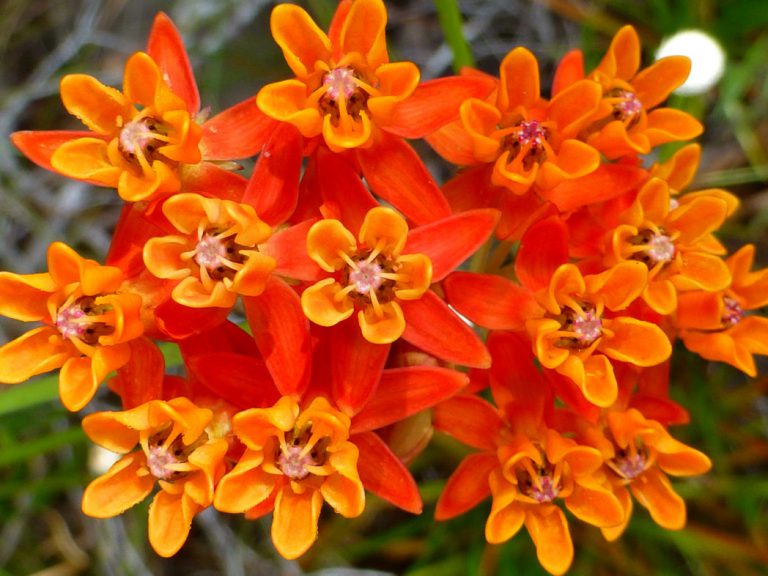
Fewflower milkweed (Asclepias lanceolata) is a delicate wildflower found in swamps and moist to wet pinelands and prairies throughout Florida. Its stunning orange flowers typically bloom late spring through fall.
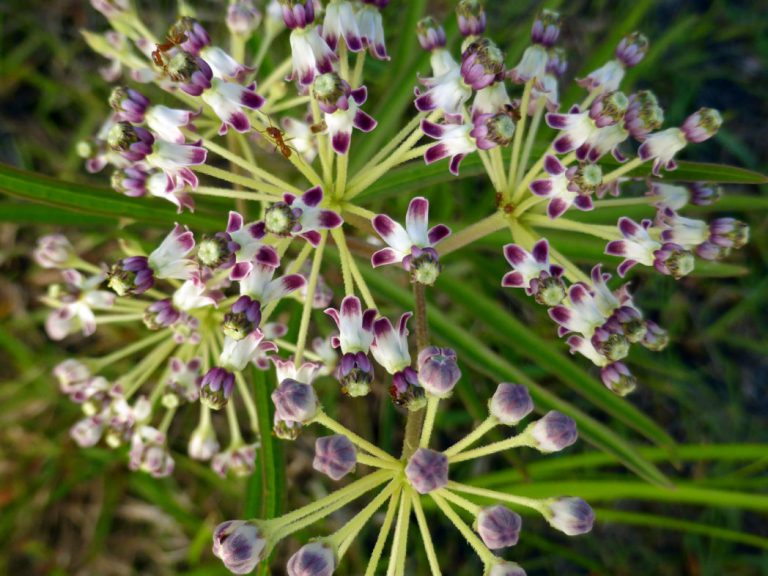
Longleaf milkweed (Aslcepias longifolia) typically blooms in spring. It is a larval host for Monarch and Queen butterflies, and an important nectar source for bees and wasps.
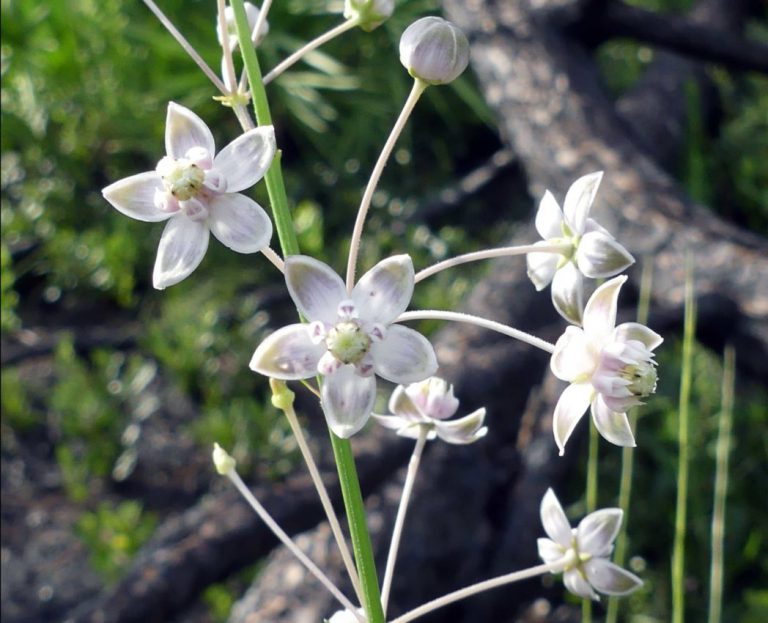
With its narrow leaves and fine stems, Carolina milkweed (Asclepias cinerea) can get lost among the wiregrass with which it typically grows.
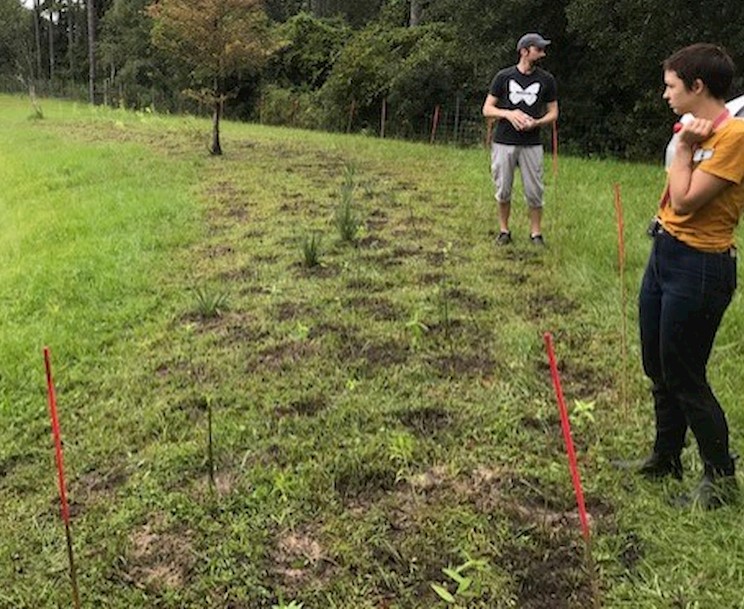
Almost 300 native milkweed and nectar-providing plants were installed along a highway retention basin on Alt. U.S. Highway 27 near Chiefland Tuesday.
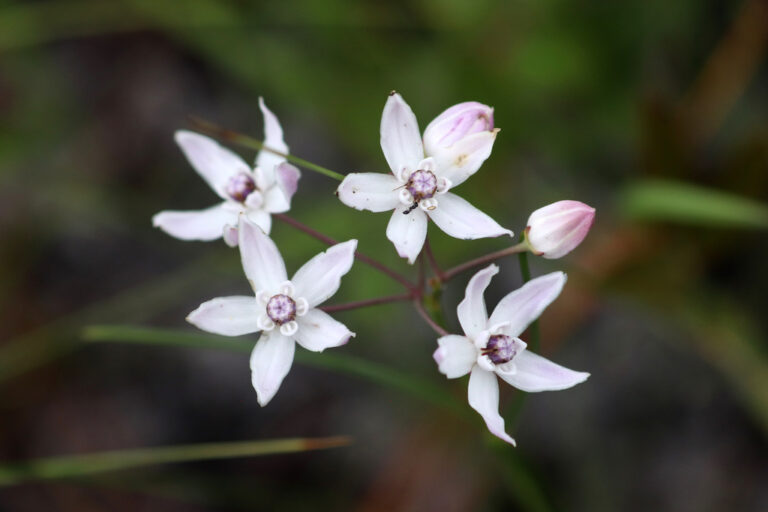
Florida milkweed (Asclepias feayi) is a dainty endemic at home in the sandhills and scrubby flatwoods of Central and South Florida. It emerges from winter dormancy in spring and typically blooms mid-summer.
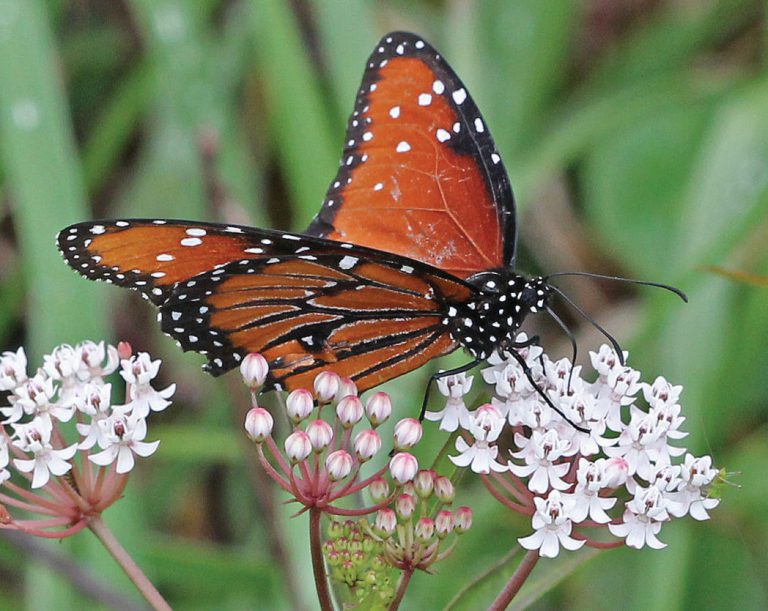
In the same genus as Monarchs, Queen butterflies share many characteristics with their royal cousins. Queens and Monarchs are similar in appearance, rely on milkweed as a host plant and carry a toxin from milkweed in their bodies into adulthood.
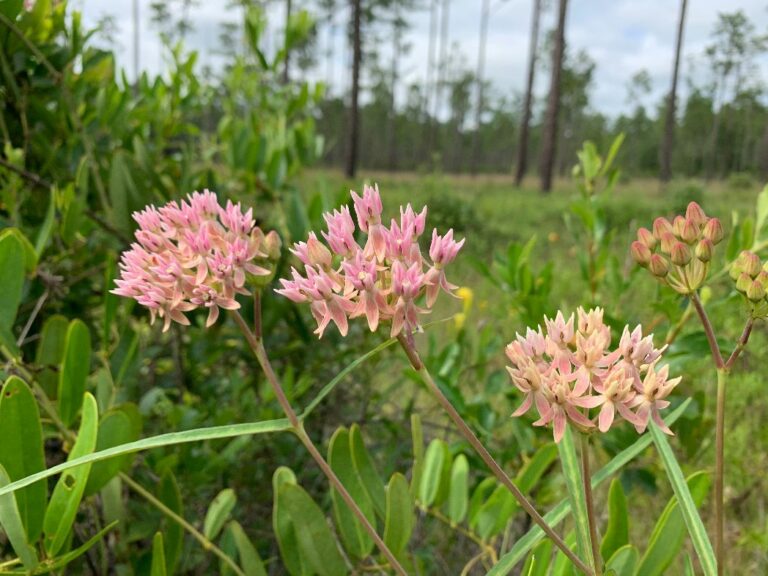
In this webinar, Lilly Anderson-Messec teaches you about the threats facing Monarchs and what actions you can take in your yard to help them.
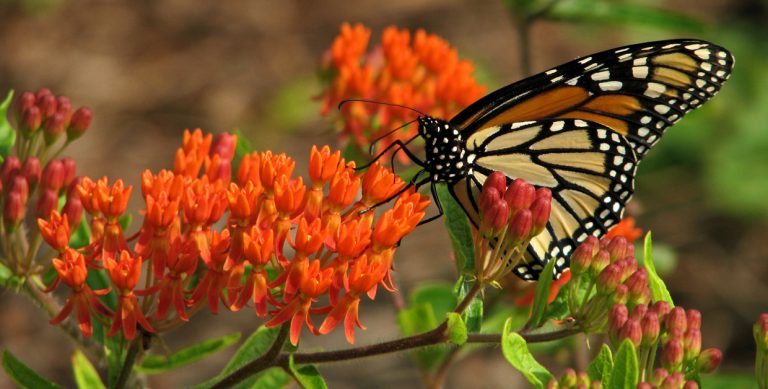
Keep your eyes open along roadsides for milkweeds and other fall-blooming larval host plants that are on display right now. There are many native wildflowers and grasses critical to the survival of our other butterfly species in bloom right now.
People who buy milkweed plants (most commonly Tropical milkweed [Asclepias curassavica]) from big box stores such as Lowes and Home Depot to feed monarch larvae frequently report that their larvae often die after feeding on the purchased plants. This is likely due to the plants being treated with topical or systemic insecticides. However, detailed information concerning the exact chemicals used and their potential impact on monarch larval mortality is poorly understood. This study sought to provide information on insecticides and larval mortality.